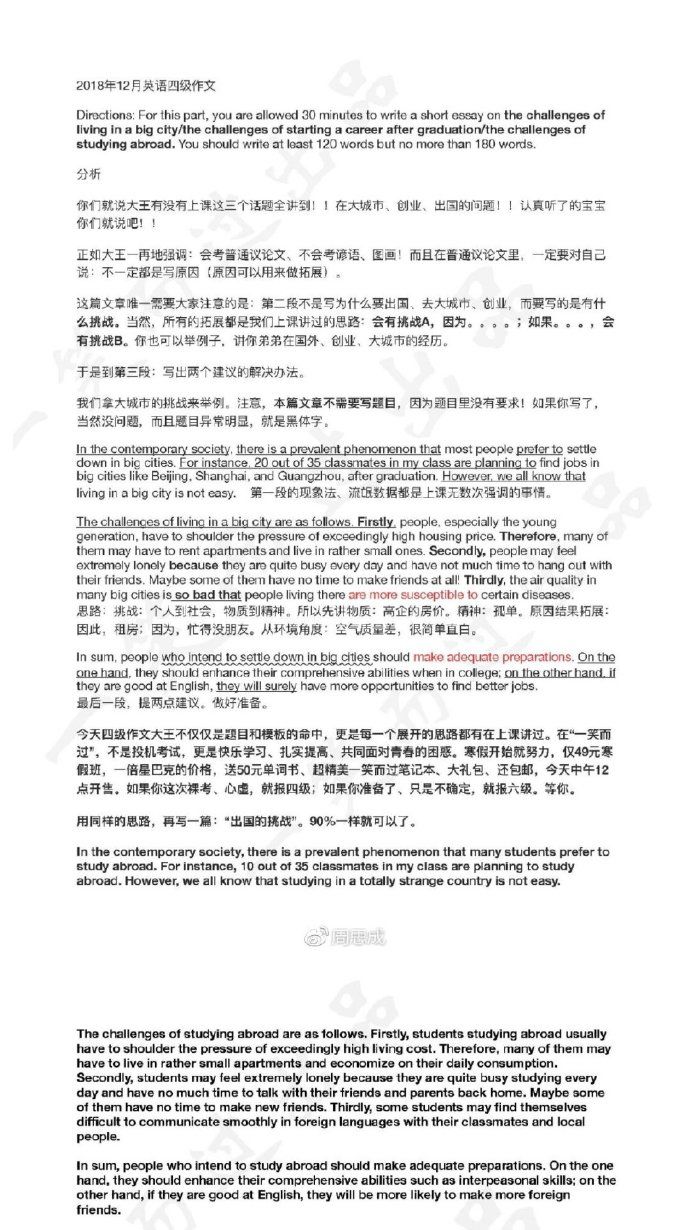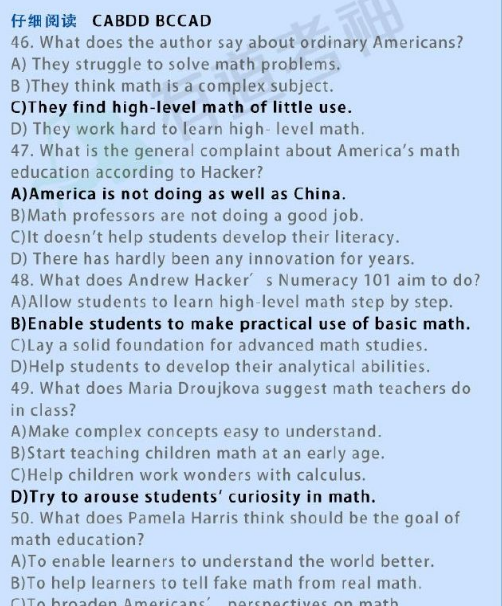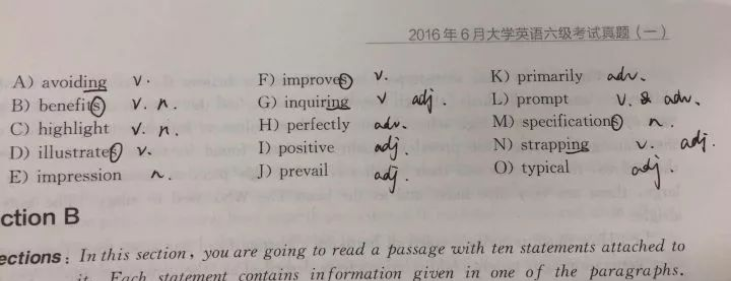LSAT考试全真试题三SECTION4(3)
|
9. Which one of the following best states the main idea of the passage? (A) Within the last few decades, a number of novel approaches to jurisprudence have defined the nature of the law in diverse ways. (B) Within the last few decades, changes in society and in the number and type of cases brought to court have necessitated new methods of interpreting the law. (C) Of the many interdisciplinary approaches to jurisprudence that have surfaced in the last tow decades, the Law and Literature movement is the most intellectually coherent. (D) The Law and Literature movement, first articulated by James Boyd White in the mid-1970s, represents a synthesis of the many theories of jurisprudence inspired by the social sciences (E) Such traditional legal scholars as legal positivists and natural lawyers are increasingly on the defensive against attacks from younger, more progressive theorists. 10. According to the passage, judicial opinions have been described as each of the following EXCEPT: (A) political statements (B) arcane statements (C) economic statements (D) artistic performances (E) acts of translation 11. Which one of the following statements is most compatible with the principles of the Critical Legal Studies movement as that movement is described in the passage? (A) Laws governing the succession of power at the death of a head of state represent a synthesis of legal precedents, specific situations, and the values of lawmakers (B) Laws allowing income tax deductions for charitable contributions, though ostensibly passed by lawmakers, were devised by and are perpetuated by the rich (C) Laws governing the tariffs placed on imported goods must favor the continuation of mutually beneficial trade arrangements, even at the expense of long-standing legal precedent. (D) Laws governing the treatment of the disadvantaged and powerless members of a given society are an accurate indication of that society s moral state. (E) Laws controlling the electoral processes of a representative democracy have been devised by lawmakers to ensure the continuation of that governmental system. 12. Which one of the following does the passage mention as a similarity between the Critical Legal Studies movement and the Law and Literature movement? (A) Both offer explanations of how elites maintain their hold on power. (B) Both are logical extensions of either natural law or legal positivism. (C) Both see economic and political primacy as the basis of all legitimate power (D) Both rely on disciplines not traditionally connected with the study of law. (E) Both see the practice of opinion-writing as a mediating activity. 13. Which one of the following can be inferred from the passage about the academic study of jurisprudence before the 1970s? (A) It was concerned primarily with codifying and maintaining the privileges of elites. (B) It rejected theories that interpreted law as an expression of a group s power. (C) It seldom focused on how and by what authority judges arrived at opinions. (D) It was concerned primarily with the study of law as an economic and moral agent. (E) It was not concerned with such disciplines as anthropology and sociology. 14. Proponents of the Law and Literature movement would most likely agree with which one of the following statements concerning the relationship between the law and judges written opinions? (A) The once-stable relationship between law and opinion-writing has been undermined by new and radical theoretical developments (B) Only the most politically conservative of judges continue to base their opinions on natural law or on legal positivism. (C) The occurrence of different legal situations requires a judge to adopt diverse theoretical approaches to opinion-writing. (D) Different judges will not necessarily write the same sorts of opinions when confronted with the same legal situation. (E) Judges who subseribe to divergent theories of jurisprudence will necessarily render divergent opinions. 15. Which one of the following phrases best describes the meaning of "re-constitute" as that word is used in line 54 of the passage? (A) categorize and rephrase (B) investigate and summarize (C) interpret and refashion (D) paraphrase and announce (E) negotiate and synthesize |








